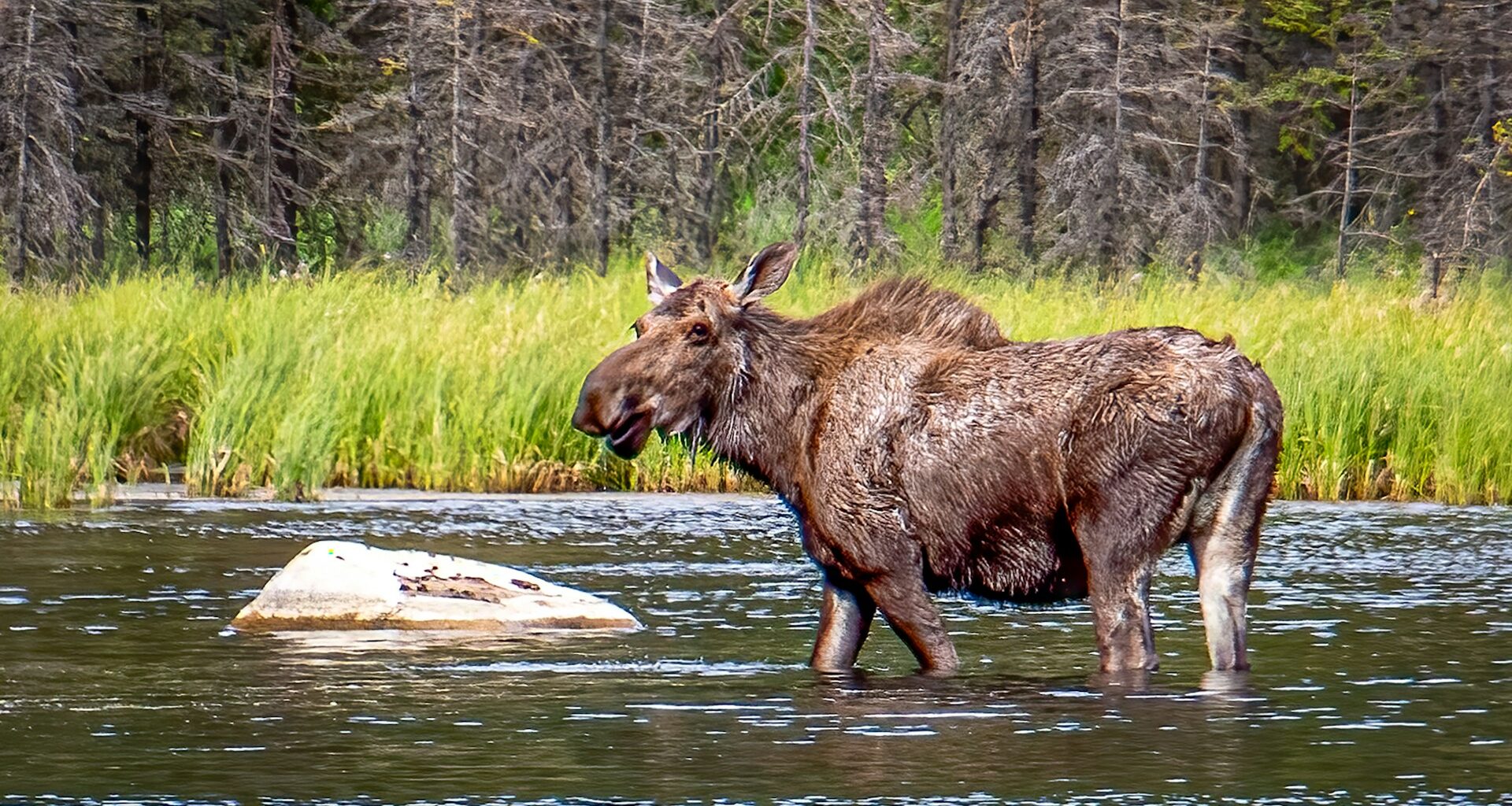Mariah Meek, an associate professor in Michigan State University’s College of Natural Science who has studied sensitive ecosystems for over 20 years, explains what this expansion could mean for arctic wildlife, Indigenous communities and the environment.
Why is the National Petroleum Reserve in Alaska ecologically important?
In the 1970s, the Department of the Interior took over management of the reserve under the Naval Petroleum Reserves Production Act. This congressional act requires that, in addition to managing the area for energy development, the secretary of the interior must ensure the “maximum protection” of “any significant subsistence, recreational, fish and wildlife, or historical or scenic value.”
The Bureau of Land Management is responsible for overseeing the reserve and identifying and protecting areas with significant ecological or cultural values — aptly named “special areas.”
Tens of thousands of caribou feed and breed in this area, which is the size of Maine. Migratory birds flock to its lakes in summer, and fish rely on the many rivers that crisscross the region.
What would the new oil drilling plan change?
The plan would expand the amount of land available for drilling in the National Petroleum Reserve in Alaska from about 11.7 million acres to more than 18.5 million acres — including parts of those “special areas” — as part of its effort to increase U.S. oil drilling and reduce regulations on the industry.
I recently collaborated with scientists and scholars at the Wilderness Society to write a detailed report outlining the numerous ecological and cultural values found across the reserve.
What are the potential impacts on wildlife and Indigenous communities?
Infrastructure — such as roads, pipelines, airstrips, and gravel pads — fragments and degrades the landscape. That can alter water flow and the timing of ice melt. It can also disrupt reproduction and migration routes for wildlife that rely on large, connected habitats.
Networks of winter ice roads and the way exploration equipment compacts the land can delay spring and early summer thawing patterns on the landscape. That can upset the typical pattern of meltwater, making it harder for shorebirds to nest.
Indigenous communities in the Arctic, particularly the Iñupiat people, also depend on these lands, waters and wildlife for subsistence hunting and fishing. The health of this ecosystem directly supports their livelihoods, food security and cultural identity.
What are the broader environmental and climate consequences?
Roads, drilling and development cause permafrost thaw and erosion, releasing carbon that has been long locked in the soil. Additionally, these operations will ultimately contribute to increased carbon dioxide levels in the atmosphere, further exacerbating global warming.
Why does this matter beyond Alaska?
